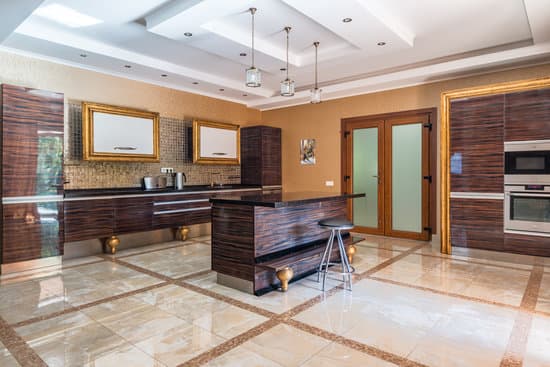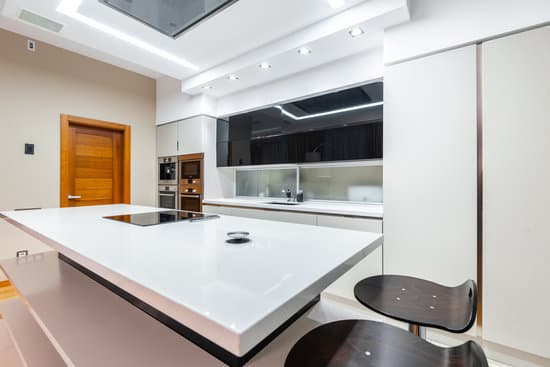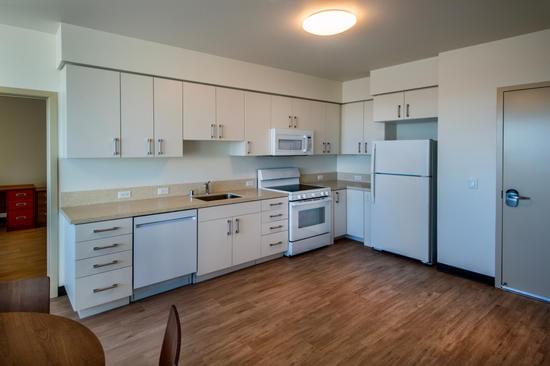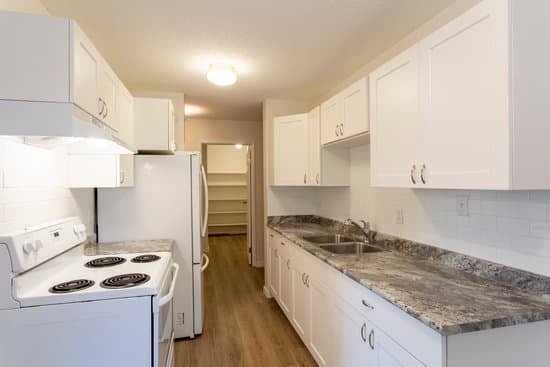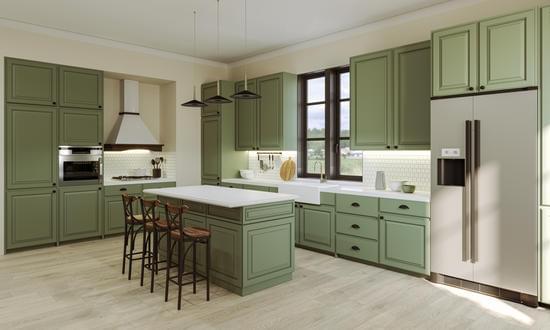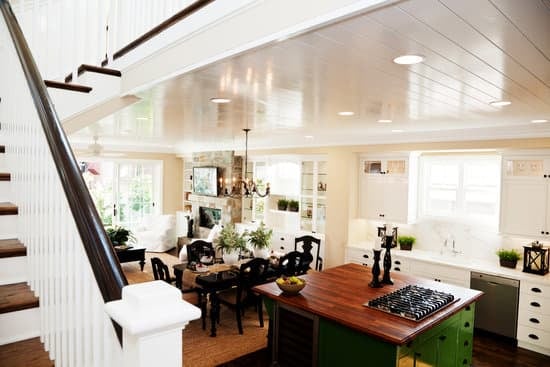Are you tired of struggling to open and close your old kitchen cabinet drawers? Adding drawer slides can make a world of difference! In this article, we’ll guide you through the process step by step. You’ll learn how to assess your cabinets’ structure, choose the right drawer slides, remove existing hardware, and install the new slides. We’ll also show you how to test and adjust them for smooth operation. Get ready to transform your kitchen with safer and more functional drawers!
Assessing Your Cabinets’ Structure
You’ll need to carefully assess the structure of your old kitchen cabinets before adding drawer slides. Safety should be your top priority when evaluating the stability and analyzing the support of your cabinets. Start by inspecting each cabinet individually, checking for any signs of damage or weakness. Look for cracks, sagging, or loose joints that could compromise the integrity of the cabinet. Pay close attention to corners and edges, as these areas are prone to wear and tear over time.
Next, check the material used in constructing your cabinets. Solid wood cabinets tend to be more sturdy and reliable compared to particleboard or laminate ones. If you have doubts about the strength of your cabinets, reinforce them by adding additional support brackets or braces.
By thoroughly assessing your cabinets’ structure, you can ensure that they are capable of supporting drawer slides without any risk of collapsing or causing accidents in your kitchen.
Choosing the Right Drawer Slides
To ensure a proper fit, it’s important to select the appropriate type of slides for your existing kitchen cabinet. When choosing the right drawer slides, keep in mind the following:
- Drawer slide types: There are different types of drawer slides available, such as side mount, center mount, and undermount. Consider the space you have in your cabinets and choose a type that will work best for your needs.
- Drawer slide weight capacity: It is crucial to check the weight capacity of the drawer slides before purchasing them. Make sure they can support the weight of your items without causing any accidents or damage.
By carefully considering these factors, you can ensure that your chosen drawer slides will be a safe and reliable addition to your old kitchen cabinets.
Removing Existing Hardware
First, take off the existing hardware from your kitchen cabinet. Start by removing any screws or nails that are holding the hardware in place. Be sure to wear protective gloves and goggles to avoid any injuries. Once you have removed the hardware, make sure to properly dispose of it by placing it in a sealed bag or container and disposing of it according to your local regulations.
After removing the old hardware, inspect your cabinets for any damage that may have been caused by the previous installation. Look for any scratches, holes, or loose parts. If you notice any damage, take the necessary steps to repair it before installing the new drawer slides. This may involve filling in holes with wood putty, sanding down rough areas, or tightening loose screws.
By taking these precautions and properly disposing of old hardware while repairing any damage caused by it, you can ensure a safe and successful installation of your new drawer slides on your old kitchen cabinets.
Installing the Drawer Slides
Once the existing hardware has been removed and any damage repaired, it’s time to install the new drawer slides. To ensure a safe and secure installation, follow these steps:
- Start by installing the brackets on both sides of the cabinet. Make sure they are aligned properly and securely fastened.
- Next, align the slides with the brackets and attach them using screws or bolts. Double-check that they are level and parallel to each other for smooth operation.
- Test the slides by sliding them in and out to ensure they move smoothly without any obstructions or sticking points.
Remember, safety is paramount when working on kitchen cabinets. Take precautions such as wearing protective eyewear and gloves, using appropriate tools, and following manufacturer’s instructions for proper installation. By installing the brackets correctly and aligning the slides accurately, you can enjoy functional and reliable drawer slides in your old kitchen cabinets.
Testing and Adjusting the Slides
Make sure you test and make any necessary adjustments to the slides for smooth operation. This step is crucial to ensure that your drawers open and close properly without any issues. Start by testing the slides by opening and closing the drawers several times. Pay attention to any sticking or uneven movement. If you notice any problems, check if the slides are installed correctly and securely. Make sure all screws are tightened properly. If the issue persists, try lubricating the slides with a silicone-based spray to reduce friction. Additionally, check if there are any obstructions or debris in the slide tracks that may be causing difficulties. Troubleshooting tips include adjusting the position of the slides or replacing them if they are damaged beyond repair. By thoroughly testing and troubleshooting, you can guarantee safe and efficient drawer operation in your old kitchen cabinets.
Conclusion
In conclusion, adding drawer slides to your old kitchen cabinets is a relatively simple and effective way to upgrade their functionality. By carefully assessing the structure of your cabinets, choosing the right drawer slides, removing existing hardware, and installing the slides correctly, you can ensure smooth operation and easy access to your drawers. Don’t forget to test and adjust the slides as needed for optimal performance. With these steps completed, you’ll have transformed your old cabinets into organized and efficient storage solutions.

